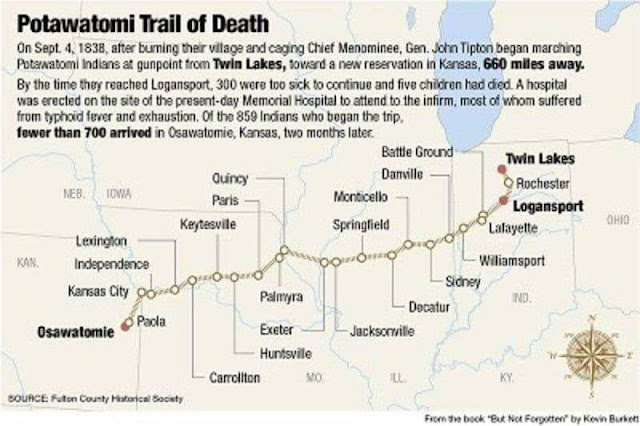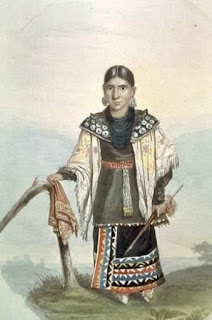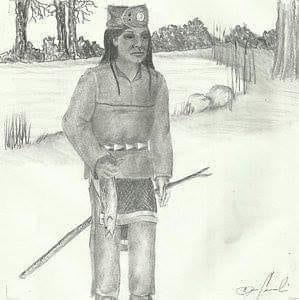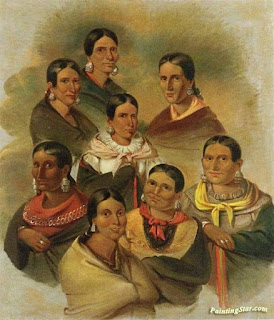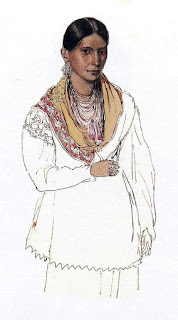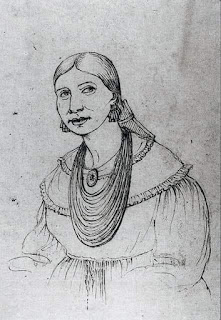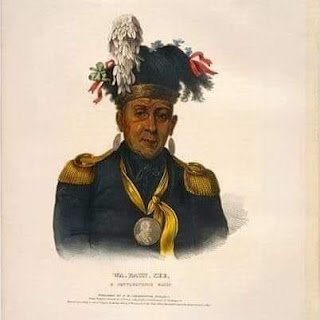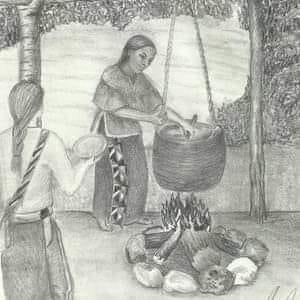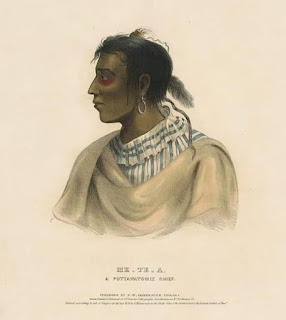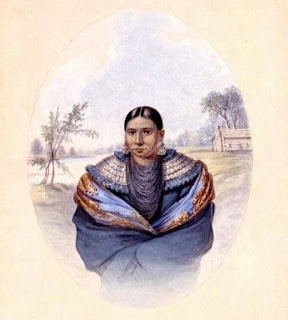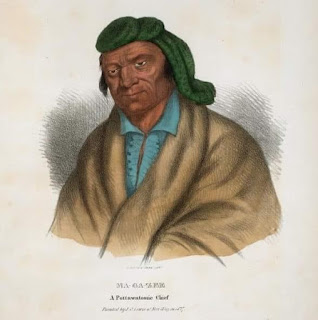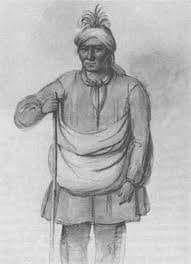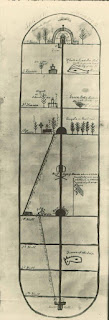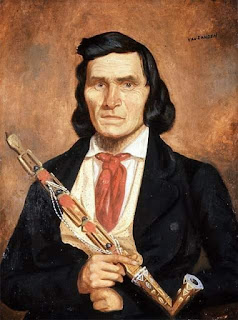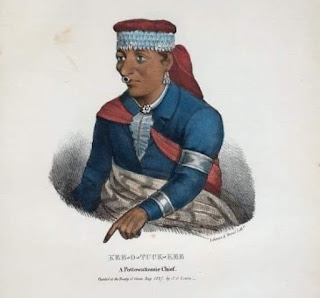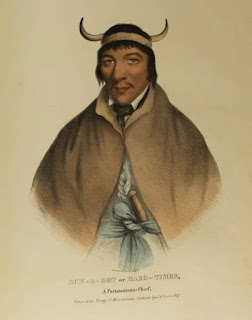Legacy of Federal Control
Second in a series of essays about federal regulation over Native nations. Author Monte Mills, University of Montana School of Law. This one is a harder read, covering all sorts of issues around land: ownership, leasing, mining, right-of-ways, water. The official structure of federal history makes it look like tribal consultation is required, but that doesn't always happen and it doesn't mean that consent has been required. And even worse, the required payments to tribes has not been enforced (perhaps another article will cover the hard-fought for and eventually landmark Cobell Settlement) https://www.theregreview.org/2021/03/16/mills-legacy-federal-control-indian-country/
